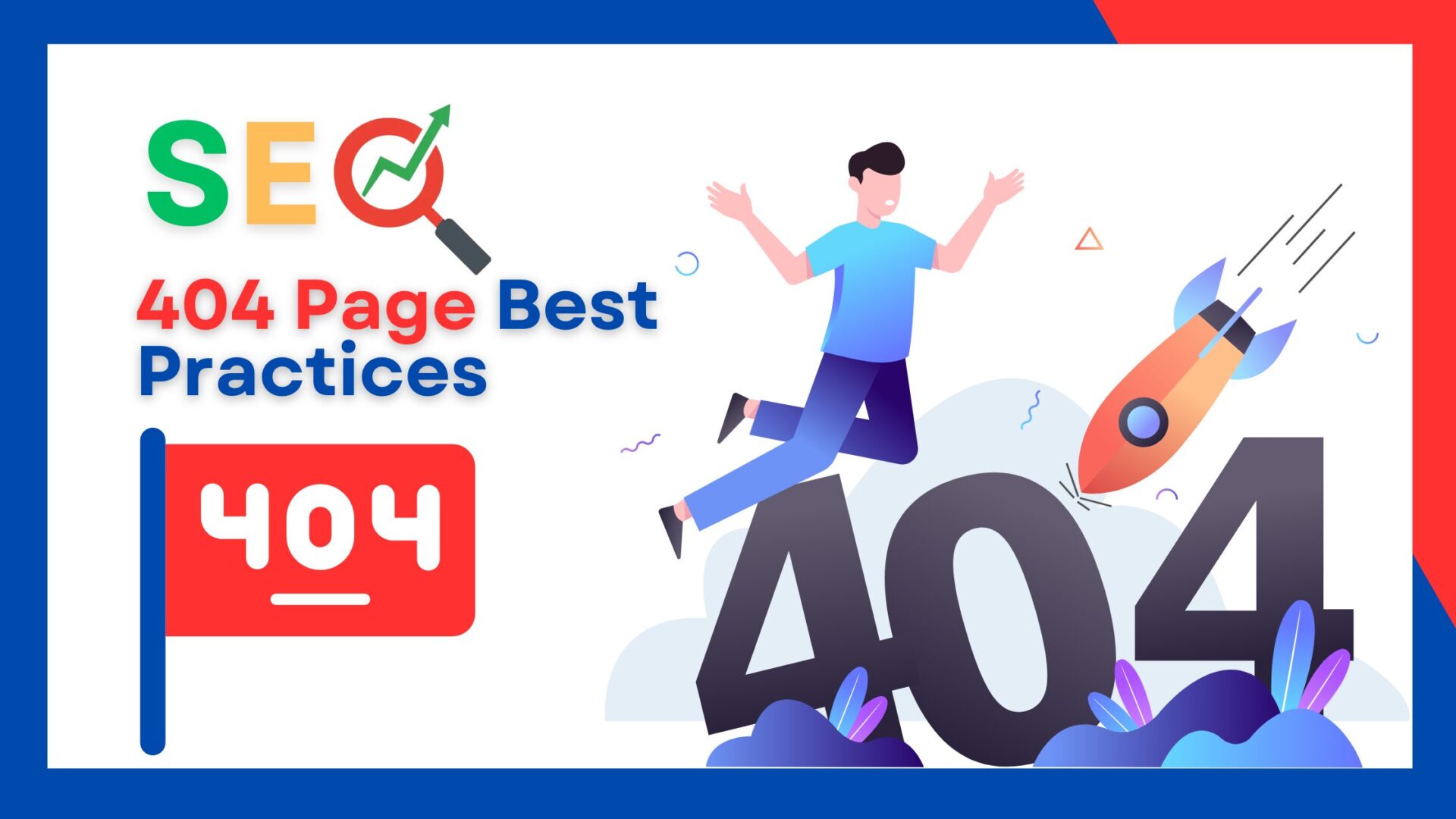
A well-designed 404 page is essential for maintaining a user-friendly website. While it might seem like a minor aspect, optimizing your 404 page for SEO can prevent users from leaving your site, reduce bounce rates, and even increase search engine rankings.
This article covers the SEO 404 page best practices and how to implement them to boost your site’s performance.
Quick View
Why is a 404 Page Important for SEO?
A 404 page is displayed when a user lands on a broken or nonexistent link. Without proper optimization, it can harm the user experience and cause search engines to penalize your site for high bounce rates.
Optimizing your SEO 404 page best practices, makes sure a smoother user journey, keeps users engaged, and enhances your site’s credibility.
Key Benefits of an Optimized 404 Page:
- Improves User Retention: Keeps visitors on your site.
- Reduces Bounce Rates: Prevents users from leaving immediately.
- Improves SEO: A better user experience can improve your rankings.
Best Practices for SEO-Optimized 404 Pages
1. Customize Your 404 Page Design
A plain “404 – Page Not Found” message won’t do much for user retention. Instead, customize the design to align with your brand’s personality and tone. Add engaging visuals, on-brand colors, and a friendly message that tells users what went wrong.
Example:
An SEO 404 page best practices for an eCommerce site can feature a humorous message like “Oops! Looks like this page went out of stock” while displaying popular products for visitors to browse instead.
2. Provide Helpful Navigation Links
To keep users engaged, provide clear navigation options on the SEO 404 page. Include links to key pages like the homepage, blog, or product categories. Adding a search bar is also helpful to allow users to quickly find what they’re looking for.
Tips:
- Include a link to your homepage.
- Add links to popular blog posts or services.
- Incorporate a search feature.
3. Explain the Error Clearly
Ensure that the user knows they’ve encountered a broken link. Use simple, friendly language to explain the error.
Avoid technical jargon like “HTTP 404 Error.” Instead, say something like “We can’t seem to find the page you’re looking for.”
4. Keep Your SEO 404 Page Mobile-Friendly
Mobile optimization is critical for SEO. Your SEO 404 page should load quickly and display properly on all screen sizes.
Google prioritizes mobile-friendly sites, so ensuring a responsive design helps maintain rankings.
5. Track 404 Errors in Google Search Console
Google Search Console allows you to monitor 404 errors on your site. Fixing broken links promptly prevents users from encountering them in the first place.
Regularly check your error reports and redirect or update broken links.
Tip:
Use 301 redirects to direct users from old or broken links to relevant pages.
6. Add a Call to Action (CTA)
A well-placed CTA can turn a 404 page into a conversion opportunity. Encourage users to subscribe to your newsletter, explore your latest blog post, or view your product catalog.
Example:
“Oops! While you’re here, sign up for our exclusive offers!”
7. Avoid Indexing Your 404 Page
Ensure that your 404 page is not indexed by search engines. A SEO 404 page that gets indexed can lower your SEO ranking, as Google wants to ensure all pages offer value. Use a “noindex” tag on your 404 page to prevent this.
8. Use Humorous or Creative Messages
Creativity can make your 404 page more engaging. A touch of humor or a quirky message can make the experience less frustrating for users, keeping them on your site longer.
Example:
Netflix’s 404 page uses a lighthearted tone: “Lost your way? Sorry, we can’t find that page. You’ll find lots to explore on the homepage instead.”
9. Optimize Load Speed
Just like any other page, your 404 page should load quickly. Google considers page speed when ranking websites, and a slow 404 page can negatively impact your overall SEO performance.
10. Add an Image or GIF
Using a playful image, animation, or GIF can help make the 404 error experience more enjoyable. It’s a simple yet effective way to keep visitors on your site and reduce frustration.
Summary
A well-optimized 404 page is essential for retaining users and maintaining SEO rankings. Following this SEO 404 page best practices, including clear navigation, mobile-friendly design, and strategic use of CTAs, can help keep your users engaged and reduce bounce rates.
Regularly monitor and fix 404 errors, and you’ll ensure a smoother, more enjoyable user experience across your site.
FAQs
What’s the best SEO practice for a 404 page?
The best SEO practice includes customizing the page with helpful links, using a clear error message, and ensuring it’s mobile-friendly. Add a search bar and prevent the 404 page from being indexed by search engines.
Should I redirect all 404 pages?
Not necessarily. Only redirect users to relevant, working pages. If a page is permanently removed, a 404 page with helpful navigation or a search bar is sufficient.
How does a 404 page affect SEO?
A poorly designed 404 page increases bounce rates, which can hurt SEO. An optimized 404 page, on the other hand, keeps users engaged and reduces the negative SEO impact.
Should I add a call to action on my 404 page?
Yes, adding a call to action (CTA) can turn a negative experience into a potential conversion. Encourage users to visit another page, sign up for newsletters, or explore products.
How can I track 404 errors?
Use tools like Google Search Console to track broken links and 404 errors. Regular monitoring and redirecting broken pages improve the user experience and prevent negative SEO impacts.




